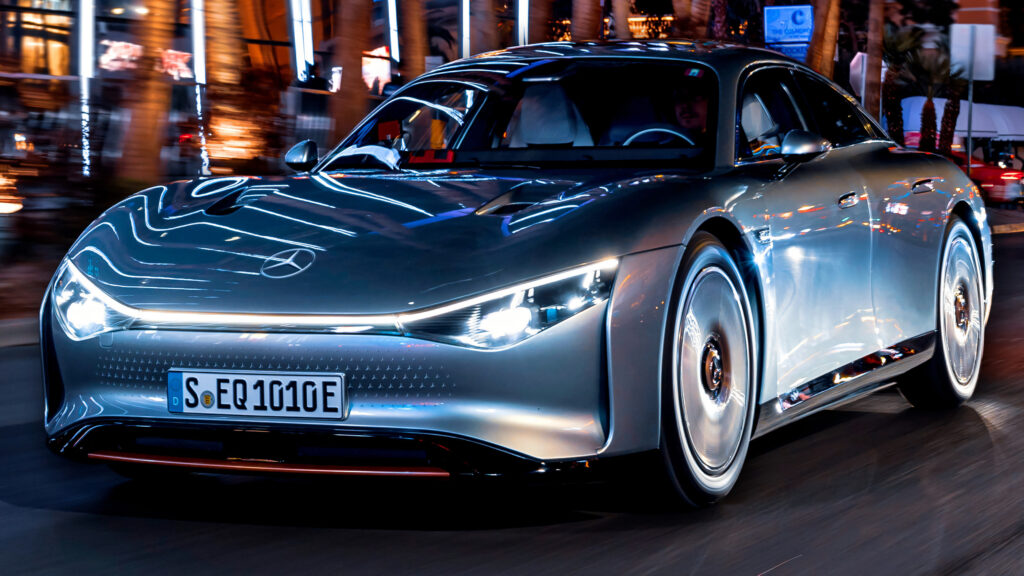Innovations

Mercedes is pushing boundaries by introducing an exciting innovation—solar paintwork for electric vehicles (EVs). Imagine driving a sleek Mercedes that charges itself while parked in the driveway. This futuristic concept isn’t just a fantasy; it’s based on new research into solar modules that can be integrated into the car’s surface. When this technology reaches its full potential, it could deliver thousands of extra miles each year without the need to plug in, as the paintwork harnesses solar energy directly.
Solar Impact

To break it down, under optimal conditions, the solar paintwork could allow an electric vehicle to cover about 8,699 miles annually, which translates to roughly 24 miles per sunny day in a place like Beijing. While this won’t completely replace the need for recharging, it’s a step towards reducing dependency on charging stations. Several car manufacturers are dabbling with this tech, but Mercedes aims for a 20% efficiency with their photovoltaic surfaces.
Battery Advancements
In addition to solar advances, Mercedes is improving EV batteries with a programmable micro-converter that works at the cell level. This innovation ensures a consistent high voltage output of 800 volts, regardless of the individual cells’ status. The aim here is to improve energy efficiency, prolong vehicle range, and enhance bidirectional charging capabilities by optimizing energy flow.
New Brake Systems
Even the brake system is receiving a makeover. Mercedes is venturing into developing a brake system integrated into a motor-transmission unit instead of traditional wheel-based setups. This design reduces wear and tear, cutting down on maintenance. It’s rust-free, minimizes particulate emissions, and offers a quieter ride—all while positively impacting vehicle efficiency and range.
AI and Safety
Mercedes’ partnership with Canada’s University of Waterloo delves into neuromorphic computing, emulating human brain processes for smarter AI systems. These improvements could significantly enhance vehicle safety by making traffic sign recognition and lane detection up to ten times more efficient, even in challenging conditions. Faster and more energy-efficient AI computations could become the cornerstone of next-gen automotive safety features.
Nissan Holds Prices
Luxury Redefined
Affordable Tesla Delayed
Parking Limit at Walmart
BMW M4 Honors Nurburgring